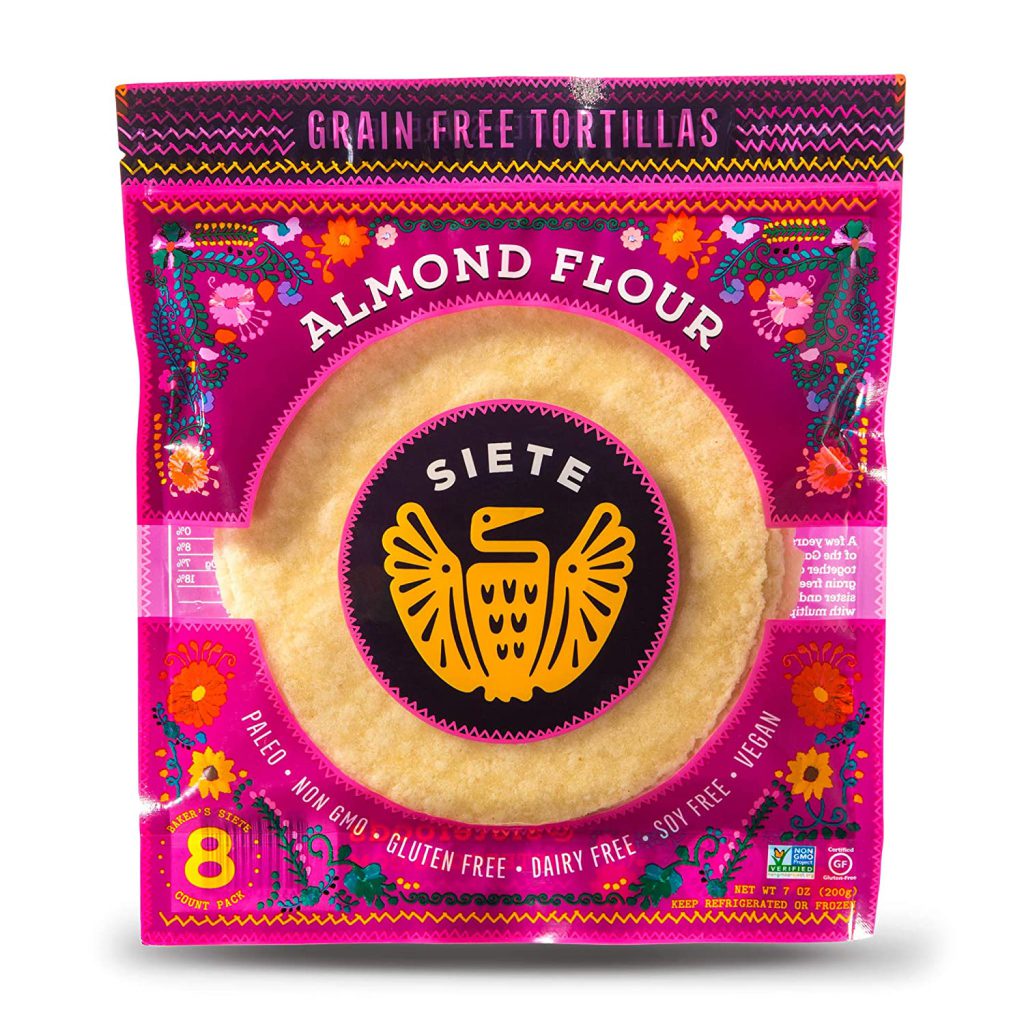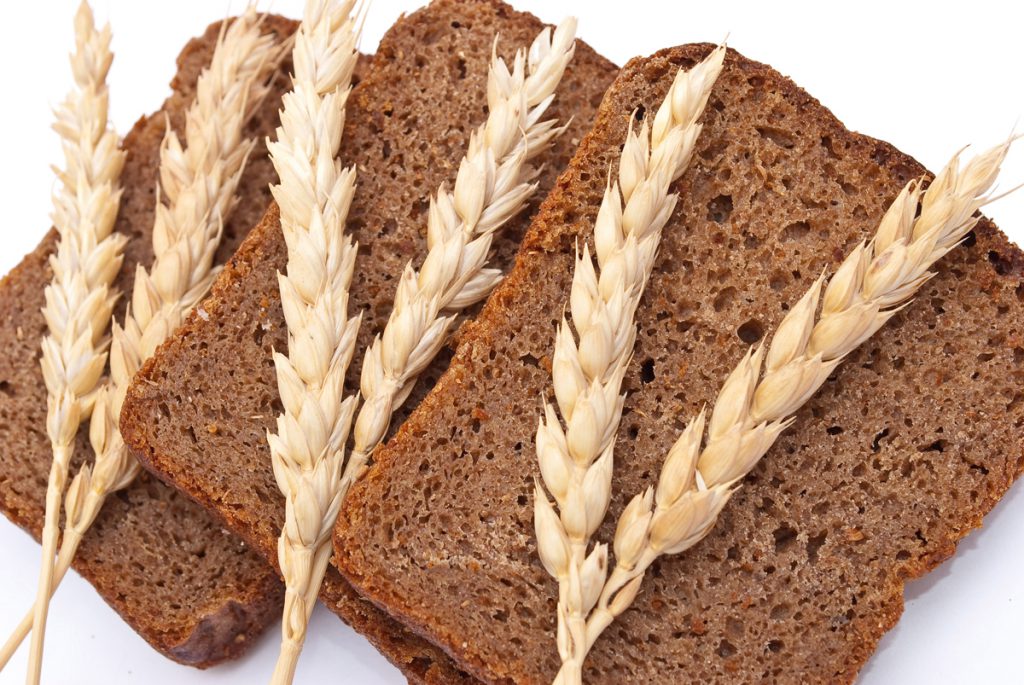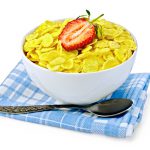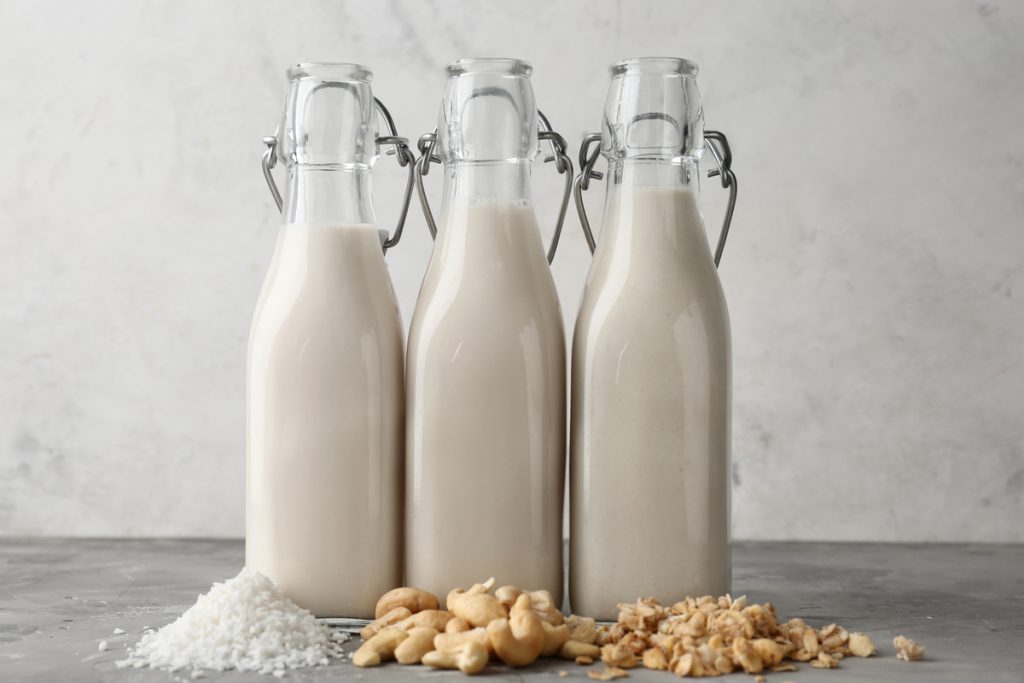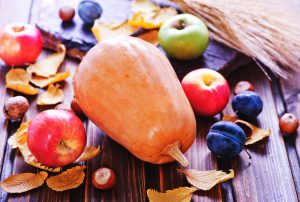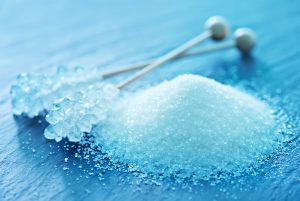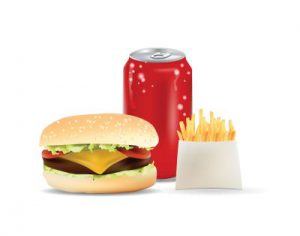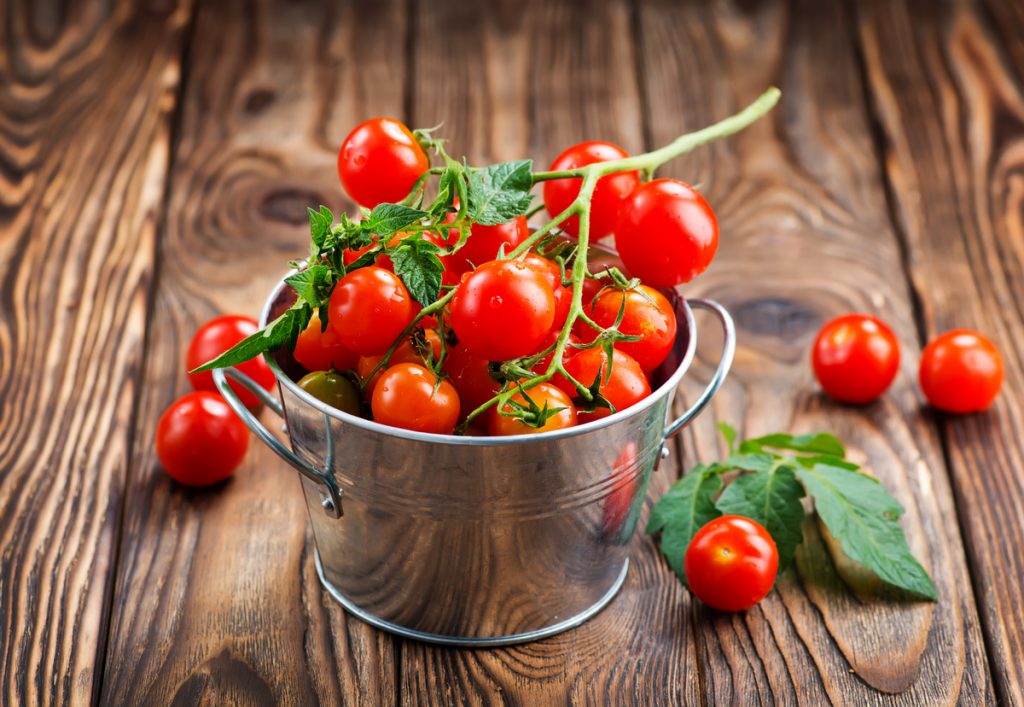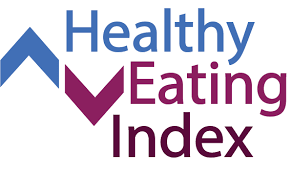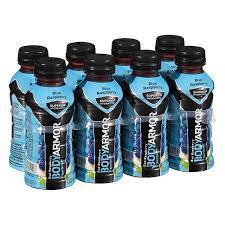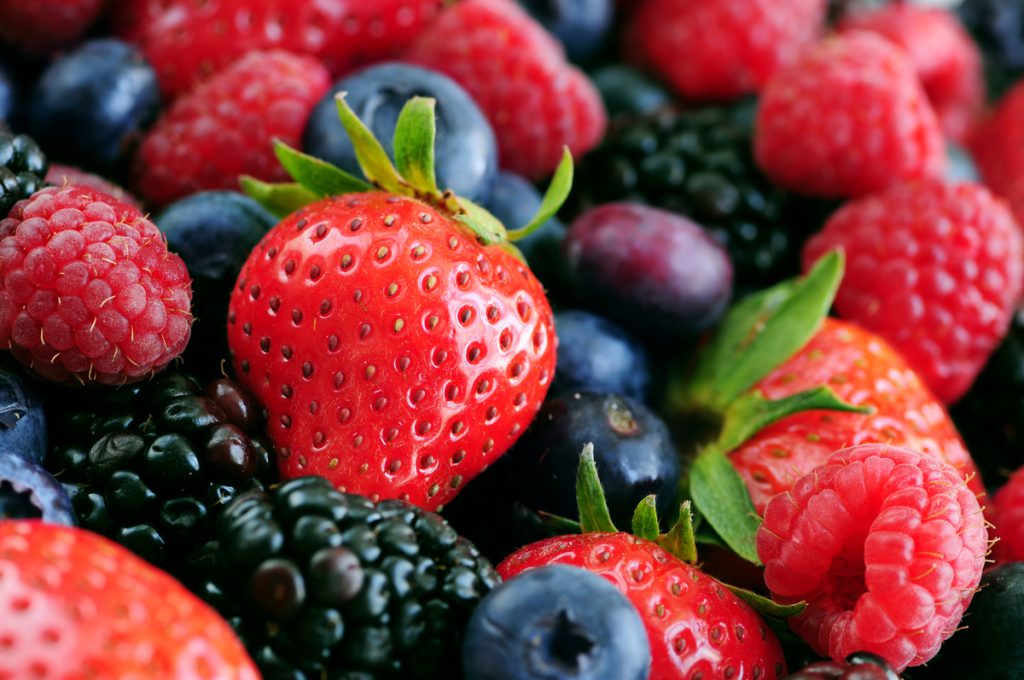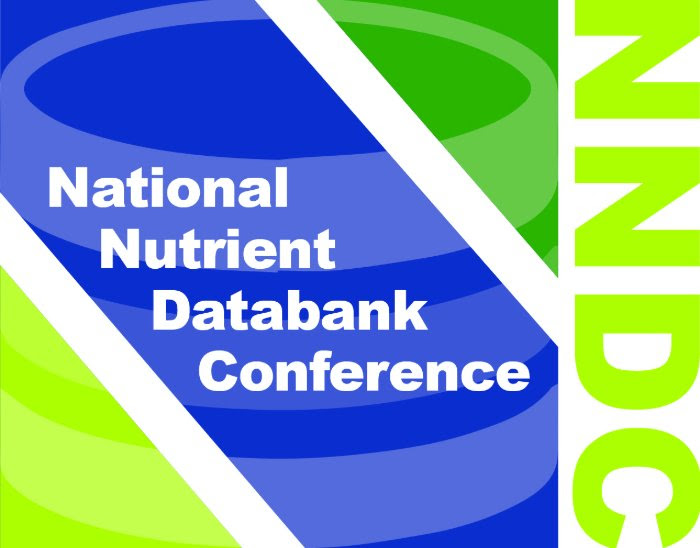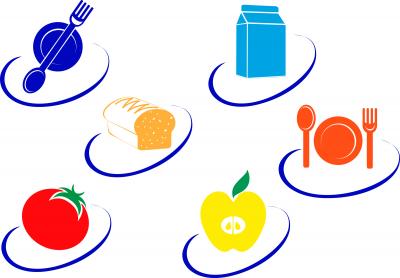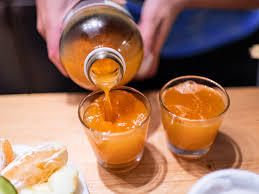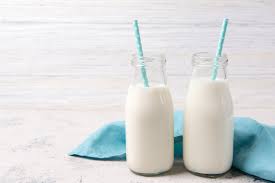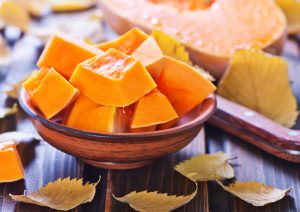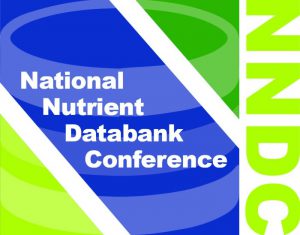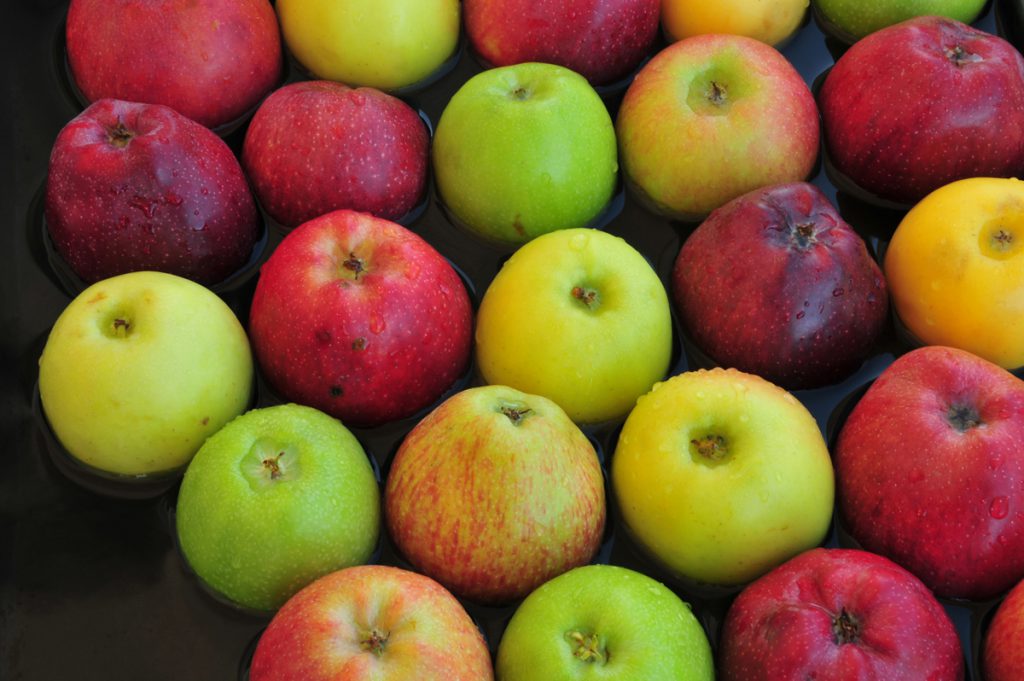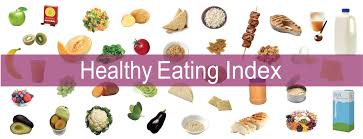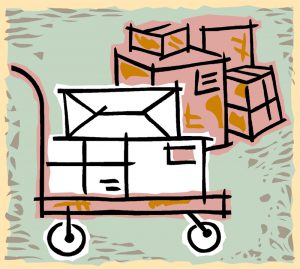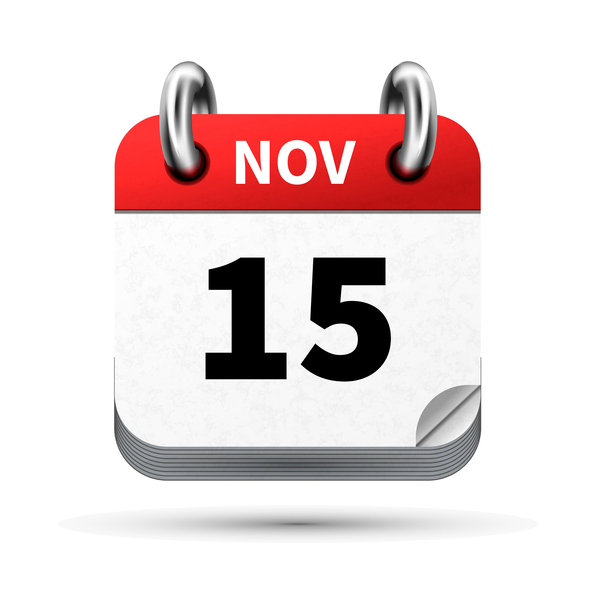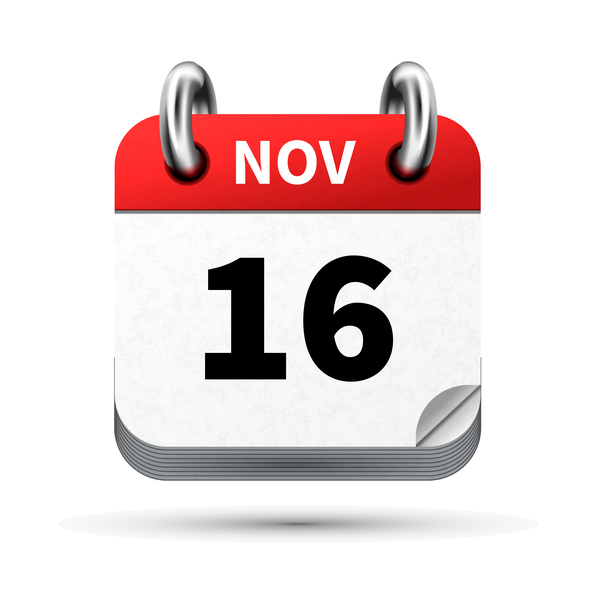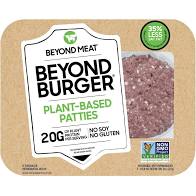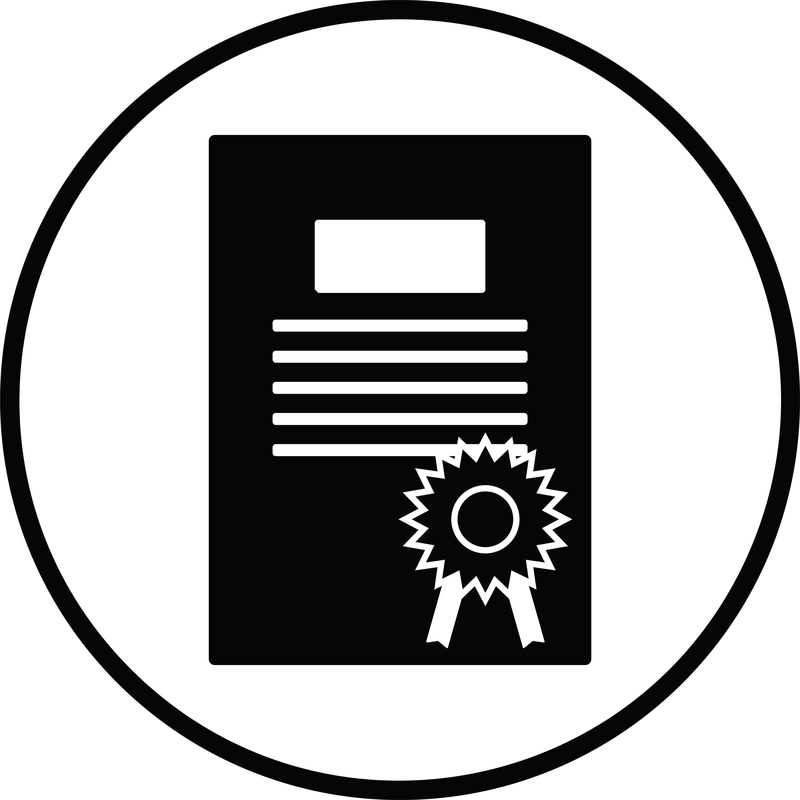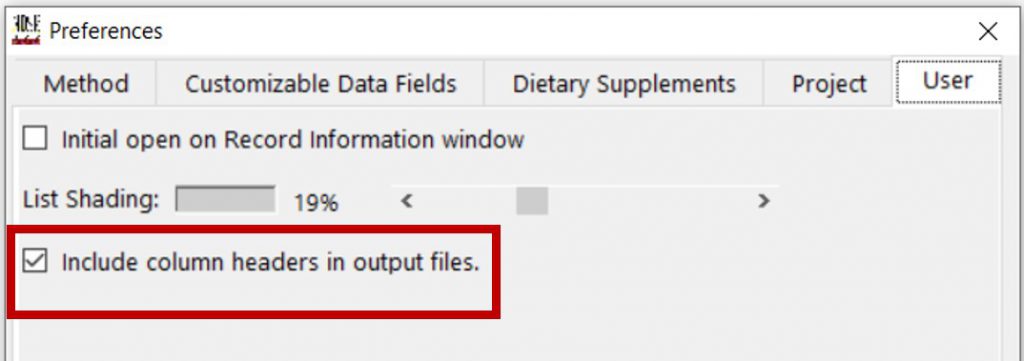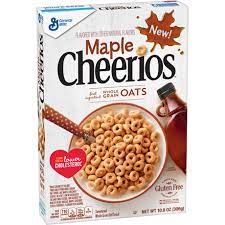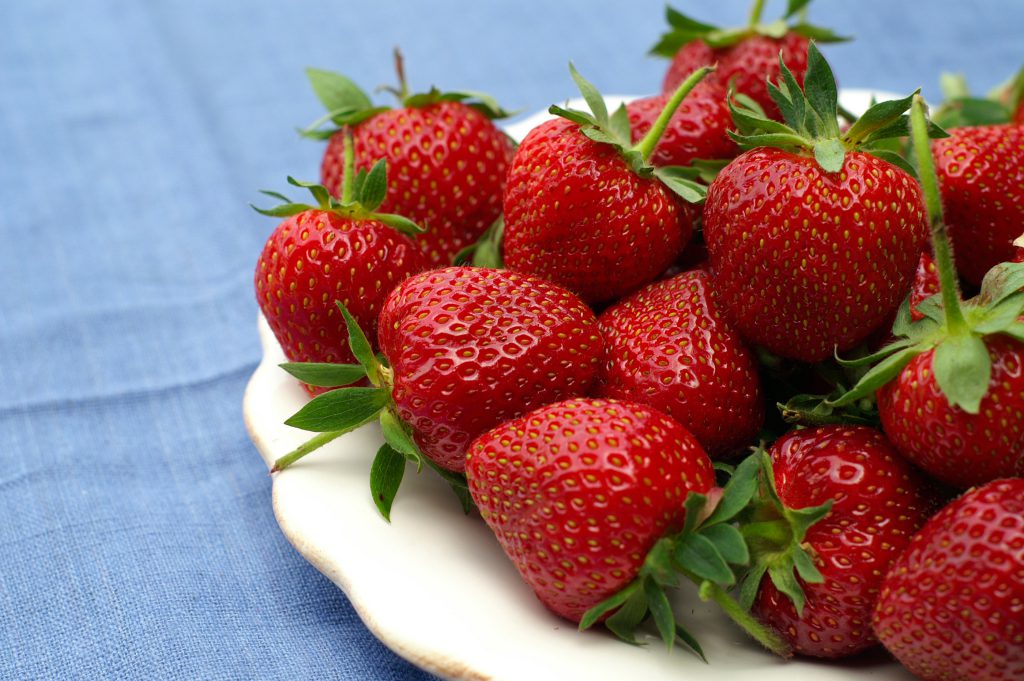
This edition contains the following articles:
- Coming Soon – NDSR 2023!
- Publication: Adapting a US dietary analysis software and nutrient database for use in Brazil
- NCC Presenting at ASN
- New Foods
Coming Soon – NDSR 2023!
We are looking forward to releasing NDSR 2023 this summer! Release is currently scheduled for July 26th. Clients who are current with their annual support for NDSR software licensing will receive an email with a link to download the new program, sent to the primary account holder.
In addition to important behind-the-scenes changes to the NDSR software that keep the program functioning well, our database scientists have made many updates to our food and nutrient database that we think you will be excited about. Some highlights include a major update and expansion of plant-based milk alternative products (more than 230 products from 23 different manufacturers); addition of more foods unique to Korean eating traditions; and updates to McDonald’s, Sonic, Jack-in-the-Box, and Long John Silver’s. We also made a program change to update the Header field on intake records. The field ‘Gender’ was changed to ‘Sex’ in order to better describe the response options of ‘male’ and ‘female’ needed to inform the Recommend Dietary Allowances/Adequate Intake Report. See more details about NDSR 2023 software and database updates in our What’s New in NDSR 2023 release letter.
Not sure if you are up to date with your annual support? Do you want to reinstate support to get NDSR 2023? Email NDSRhelp@umn.edu!

Publication: Adapting a US dietary analysis software and nutrient database for use in Brazil
We recently published a paper in the Journal of Food Composition and Analysis about our work adapting NDSR for use in the entry and analysis of 24-hour dietary recalls collected to assess the food and nutrient intake of children in Brazil. The article is available online for free access through the end of June. We hope that it will help others develop procedures for adapting NDSR for use outside of the US.

NCC Presenting at ASN
Our Faculty Director Lisa Harnack, DrPH, RD, MPH and Associate Director Abigail Johnson, PhD, RD will be presenting at the American Society for Nutrition’s annual flagship meeting held from July 22-25, 2023 in Boston, MA.
Dr. Harnack will be presenting a poster titled “Proportions of packaged foods in various food categories in the US marketplace that met the proposed updated FDA criteria for “healthy” labeling” on July 23rd. It will be part of the Policies and Regulations (Poster Session). Posters are on display 8:00 a.m.-5:00 p.m., and Lisa will be standing by her poster from 11:45 a.m.-12:45 p.m.
Dr. Johnson will be giving an oral presentation titled “Assessing calcium, vitamin D, and protein content of plant-based milk alternatives available in the U.S.” on July 24th at 8:00 a.m. during the. “Formulating for the Future: Food Science Approaches to Improving Human Nutrition (Oral 16)” session.
Also, findings from a dietary assessment methods study co-led by Lisa Harnack (“Pilot evaluation of whether an interviewer administered dietary recall method augmented with a photo-based mobile food record improves reporting of food intake”) will be presented orally by Samira Deshpande at the Methodological Approaches in Nutritional Epidemiology (Oral 9) session held July 23 from 2:00-3:30 p.m.
We enjoy the opportunity to talk with our clients, so if you will be attending the ASN conference and would like to meet with them, please email either Dr. Harnack or Dr. Johnson to arrange a time.

New Foods
The following new foods are available with this edition of the NCC News Bite. A New Foods Backup File is available for download on our website under New Food Backup Files, “June 2023”.
- Body Armor Lyte Sports Drink – Peach Mango
- Bubba Original Turkey Burger
- Go Macro Protein Bar – Peanut Butter Chocolate Chip
- Panera Broccoli Cheddar Soup
- Ratio Keto Friendly Yogurt – Vanilla
- Ripple Protein Shake – Chocolate
- Siete Almond Flour Tortilla
- Taylor Farms Chopped Salad Kit – Caesar
